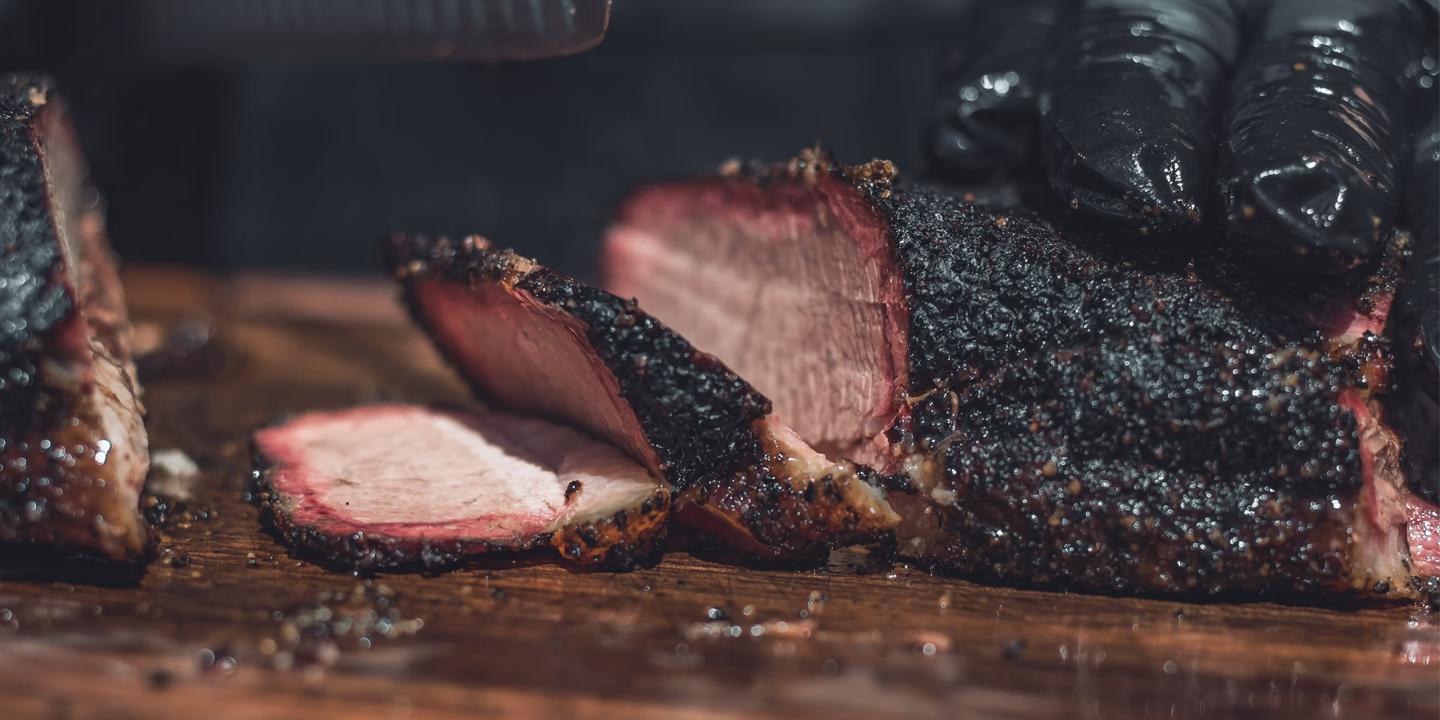Quenching Or Parching?
Many overlook the key link between what you eat and how hydrated you feel. But tune in, and you’ll notice how your body reacts differently depending on your meals. Let’s break it down—starting with the foods that help keep you hydrated, followed by the ones that may be quietly draining your water reserves.
1. Watermelon
Apparently, ancient Egyptians placed watermelons in tombs to provide hydration for pharaohs in the afterlife, recognizing their exceptional moisture content. Modern science confirms these summer favorites contain an astonishing 92% water. A single wedge provides about 10 ounces of water.
2. Cucumber
Your body absorbs cucumber's moisture differently than other hydrating foods. The 96% water content is enhanced by electrolyte compounds that maximize cellular hydration. Originally cultivated in India several years ago, these vegetables traveled the ancient trade routes specifically for their refreshing properties.
3. Strawberries
Wild strawberries bear little resemblance to the juicy giants we enjoy today. Centuries of selective breeding created these hydration powerhouses. They have an impressive 91% of water content. The tiny seeds also contain essential fatty acids that add to the fruit's hydrating effects.
4. Celery
Natural sodium compounds in celery help your body retain moisture, unlike most other hydrating vegetables. With 95% water content, celery represents one of nature's most efficient hydration vehicles. Fascinatingly, wild celery originated in Mediterranean marshlands where it developed its high water storage capacity.
5. Oranges
British sailors didn't just carry oranges to prevent scurvy. These fruits, with an 87% water content, provided hydration during long voyages. Modern athletes often consume oranges during competition, as one medium orange typically delivers approximately 4 ounces of water alongside vitamin C.
6. Lettuce
The hydrating power of lettuce varies dramatically between varieties, with iceberg containing around 95% water. Roman emperors believed lettuce counteracted wine's dehydrating effects, serving it after feasts. Lettuce basically contains specialized plant compounds that help your body retain moisture longer than plain water.
7. Spinach
Persian medical texts from the 9th century describe spinach as "the prince of vegetables," mainly for its hydrating properties. This vegetable contains natural nitrates that improve circulation, allowing it to distribute moisture more effectively. When adequately prepared, spinach releases nearly a quarter cup of water during digestion.
 micheile henderson on Unsplash
micheile henderson on Unsplash
8. Tomatoes
Tomatoes were considered poisonous decorative plants in parts of Europe until the 1800s—now we recognize their superb 94% water content. Those jelly-like seed compartments give most of this hydration. Note that the hydrating effect is most pronounced when eaten fresh and raw.
9. Zucchini
The squash is highly hydrating due to its very high water content, which is about 94–97% depending on the source. A 1-cup (124-gram) serving of chopped zucchini contains roughly 95% water. The high fiber content also helps keep you full.
10. Bell Peppers
Green peppers become yellow, then orange, and finally red, each stage increasing both water content and nutritional value. They typically contain water content of around 91–94%, based on the variety. Bell peppers possess more vitamin C than an orange, supporting skin hydration.
Now, let’s flip the script and explore ten common foods and drinks that can actually dehydrate you—often without you even realizing it.
1. Crackers
Your body's digestive system faces a considerable challenge when processing crackers' meager 3% water content. Consuming just six saltine crackers requires your body to supply nearly 3 ounces of additional water. Unfortunately, the crackers' starchy composition actively draws moisture from digestive fluids.
2. Asparagus
Asparagus is known to have a natural diuretic effect, meaning it can increase urine production. It can also promote the removal of excess salt and fluids from the body. For this reason, asparagus can contribute to dehydration if adequate fluid intake is not maintained.
3. Parmesan Cheese
Centuries of Italian cheese-making traditions include precise aging techniques that drain out the moisture from Parmesan. This results in a water content of just 29%, compared to fresh cheese's 80%. The high concentrations of protein and sodium create significant demands on your hydration system.
4. Bacon
Sodium content, approximately 400 mg per slice, makes bacon particularly dehydrating as your kidneys work overtime to maintain electrolyte balance. The traditional curing process deliberately removes nearly all natural moisture from pork bellies. This leaves bacon with a water content of less than 8%.
 Michelle @Shelly Captures It on Unsplash
Michelle @Shelly Captures It on Unsplash
5. Potato Chips
Manufacturing potato chips involves a dramatic transformation that strips away nearly 79% of the water content. The resulting product contains less than 2% moisture while delivering approximately 170mg of sodium per ounce. Apparently, the characteristic crunch of chips comes precisely from this extreme dehydration.
6. Cookies
Three standard chocolate chip cookies develop a surprising metabolic demand. Your liver needs about 6 ounces of water to process its sugar content. Today, cookies contain less than 5% moisture, while their concentrated carbohydrates require a good amount of hydration for digestion.
7. Chocolate
It is said that the caffeine and theobromine in chocolate function as mild diuretics, increasing water excretion through urination. Cocoa butter, responsible for chocolate's luxurious mouthfeel, contains no water, typically less than 1%. Hence, consuming a standard chocolate bar increases immediate hydration requirements.
8. Pretzels
When you eat pretzels, the salt raises the concentration of sodium in your blood, which disrupts the osmotic balance between the inside and outside of your cells. To restore balance, your body draws water out of cells into the bloodstream. This causes your cells to trigger thirst.
9. French Fries
Fast food establishments deliberately pair fries with large beverages after recognizing their dehydrating properties. Officials from the American Journal of Clinical Nutrition identified a dual dehydration mechanism in French fries. This was sodium-induced water excretion combined with increased fluid requirements for oil digestion.
 Pixzolo Photography on Unsplash
Pixzolo Photography on Unsplash
10. Popcorn
The explosive change from kernel to fluffy snack removes almost all moisture, leaving popcorn with barely 4% water content. It is said that a standard movie theater serving, approximately 7 cups, increases your water requirements by nearly 16 ounces. Popcorn is also often salted heavily.

























